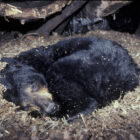Breeding Seasons for most common animals, from Mammals to Fishes
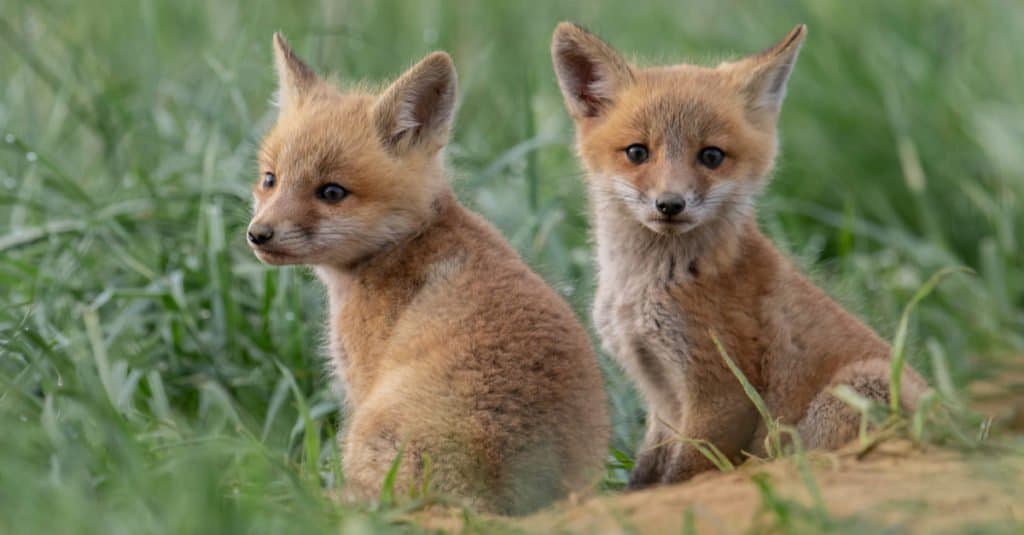
Spanning continents and habitats, the list encompasses mammals, birds, reptiles, amphibians, insects, fishes, and more, offering a glimpse into the synchronized dance of life that occurs annually during breading seasons.
From the bustling landscapes of terrestrial mammals to the depths of aquatic realms inhabited by fishes, each corner of the globe resonates with the rhythms of breeding seasons.
Breeding seasons: Terrestrial mammals
Mammals in Europe
- Red Fox (Vulpes vulpes):
- Red foxes typically breed in winter, with a gestation period of about 52 days. Cubs are born in spring.
- European Roe Deer (Capreolus capreolus):
- Breeding, known as the rut, occurs in late summer and early autumn. Fawns are born in late spring.
- Eurasian Badger (Meles meles):
- Badgers breed in late winter and early spring, with cubs born in underground setts in late winter.
- Common Hedgehog (Erinaceus europaeus):
- Hedgehogs breed from April to September, with peak activity in the warmer months. They can have multiple litters.
- European Hare (Lepus europaeus):
- Breeding season for European hares, known as the March madness, occurs from February to September.
- European Brown Bear (Ursus arctos arctos):
- Brown bears mate in late spring or early summer, with cubs born during hibernation in winter.
- European Pine Marten (Martes martes):
- Martens breed in mid-summer, with implantation of fertilized eggs delayed until the following spring.
- European Wild Boar (Sus scrofa):
- Wild boars mate in late autumn and early winter, with piglets born in spring.
- European Lynx (Lynx lynx):
- Lynx breeding occurs in late winter, with kittens born after a gestation period of around 70 days.
- European Otter (Lutra lutra):
- Otters breed year-round, with peaks in spring and summer. Females give birth to litters of cubs.
Mammals in Americas
- White-tailed Deer (Odocoileus virginianus):
- White-tailed deer, known for their rut, breed in the fall, with fawns born in late spring or early summer.
- Eastern Gray Squirrel (Sciurus carolinensis):
- Eastern gray squirrels breed twice a year, in late winter and late spring. They can have multiple litters.
- North American Raccoon (Procyon lotor):
- Raccoons breed in late winter or early spring, with young born in spring or early summer.
- American Bison (Bison bison):
- Bison typically mate in late spring, with calves born the following spring.
- North American River Otter (Lontra canadensis):
- Breeding season for river otters occurs from December to April, with a gestation period of about 60 days.
- American Black Bear (Ursus americanus):
- Black bears mate in late spring or early summer, with cubs born during hibernation in winter.
- Mountain Lion (Puma concolor):
- Mountain lions do not have a specific breeding season, and mating can occur throughout the year.
- American Beaver (Castor canadensis):
- Beavers breed in late winter or early spring, with kits born in lodges.
- North American Porcupine (Erethizon dorsatum):
- Porcupines mate in the fall, with young, called porcupettes, born in spring.
- American Marten (Martes americana):
- Martens breed in the summer, with delayed implantation resulting in kits born in late winter or early spring.
Mammals in Asia
- Asian Elephant (Elephas maximus):
- Breeding can occur throughout the year, with peaks often in the rainy season. Gestation lasts about 22 months.
- Indian Rhinoceros (Rhinoceros unicornis):
- Indian rhinoceroses breed during the winter months, with calves born after a gestation period of about 16 months.
- Bengal Tiger (Panthera tigris tigris):
- Mating can occur throughout the year, with peaks often in the cooler months. Gestation lasts about 93-112 days.
- Red Panda (Ailurus fulgens):
- Breeding season for red pandas typically occurs in late winter and early spring. Females give birth to small litters.
- Snow Leopard (Panthera uncia):
- Breeding season for snow leopards occurs from January to March, with cubs born after a gestation period of about 90-100 days.
- Amur Tiger (Panthera tigris altaica):
- Amur tigers mate in winter, and cubs are born in spring after a gestation period of about 93-112 days.
- Indian Wild Boar (Sus scrofa cristatus):
- Indian wild boars breed in the monsoon season, and piglets are born after a gestation period of around 120 days.
- Giant Panda (Ailuropoda melanoleuca):
- Giant pandas have a short breeding season in spring, and cubs are born after a gestation period of about 95-160 days.
- Clouded Leopard (Neofelis nebulosa):
- Clouded leopards breed in the winter, and cubs are born after a gestation period of around 93 days.
- Indian Flying Fox (Pteropus giganteus):
- Indian flying foxes breed during the winter, with females giving birth to a single pup.
Mammals in Africa
- African Elephant (Loxodonta africana):
- Breeding season for African elephants varies, often coinciding with the dry season. Gestation lasts about 22 months.
- African Lion (Panthera leo):
- Lions do not have a specific breeding season; mating can occur throughout the year. Cubs are born after a gestation period of about 100 to 110 days.
- Plains Zebra (Equus quagga):
- Zebras do not have a strict breeding season, and mating can occur throughout the year. The gestation period is approximately 12 months.
- African Buffalo (Syncerus caffer):
- Breeding season for African buffalo typically occurs during the rainy season. Calves are born after a gestation period of about 11 months.
- African Leopard (Panthera pardus):
- Leopards do not have a specific breeding season, and mating can occur throughout the year. Cubs are born after a gestation period of about 90 to 105 days.
- Hippopotamus (Hippopotamus amphibius):
- Hippopotamuses mate in the water year-round, with calves born in shallow water.
- Giraffe (Giraffa camelopardalis):
- Giraffes do not have a specific breeding season, and mating can occur throughout the year. Calves are born after a gestation period of about 15 months.
- Spotted Hyena (Crocuta crocuta):
- Spotted hyenas breed throughout the year, and cubs are born in communal dens.
- African Shrew (Elephantulus spp.):
- Elephant shrews breed throughout the year, with females having multiple litters annually.
- African Wild Dog (Lycaon pictus):
- African wild dogs breed during the dry season, and the alpha female gives birth to a litter of pups.
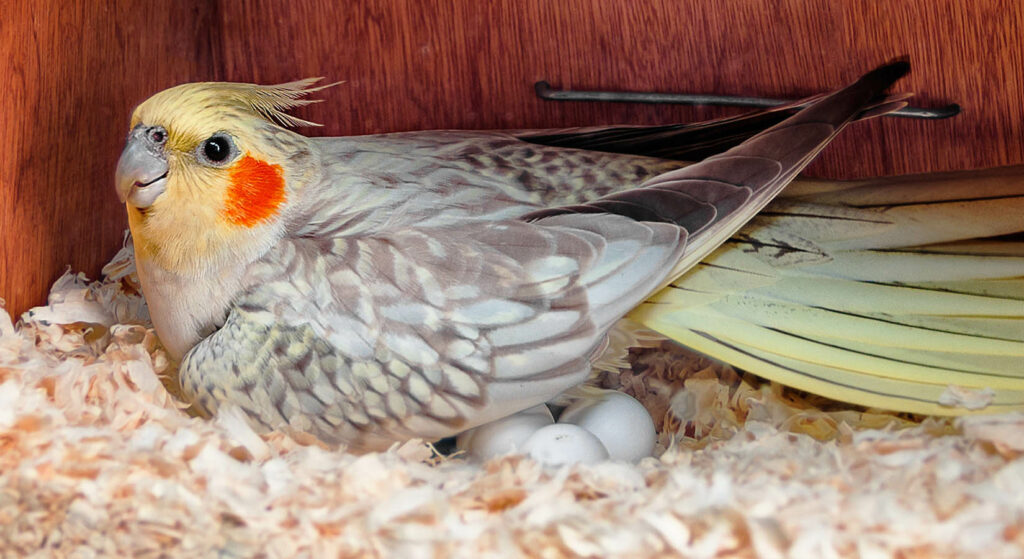
Breeding seasons: Birds
Birds in Europe
- Common Blackbird (Turdus merula):
- Blackbirds breed from March to July, with nests hidden in dense vegetation.
- Eurasian Blue Tit (Cyanistes caeruleus):
- Blue tits breed in spring, laying eggs in tree cavities or nest boxes.
- Common Chaffinch (Fringilla coelebs):
- Chaffinches breed from April to July, constructing cup-shaped nests in trees.
- European Robin (Erithacus rubecula):
- Robins breed from March to August, often reusing old nests.
- Barn Swallow (Hirundo rustica):
- Swallows breed from April to August, building cup-shaped nests in barns or on ledges.
- Common Swift (Apus apus):
- Swifts breed from May to August, using crevices in buildings or cliffs for nests.
- Eurasian Jay (Garrulus glandarius):
- Jays breed in spring, building nests in trees using twigs and grass.
- Common Cuckoo (Cuculus canorus):
- Cuckoos breed from April to July, laying eggs in the nests of other birds.
- European Goldfinch (Carduelis carduelis):
- Goldfinches breed in late spring and summer, constructing cup-shaped nests.
- Eurasian Wren (Troglodytes troglodytes):
- Wrens breed from March to July, building domed nests in shrubs or cavities.
Birds in Americas
- American Robin (Turdus migratorius):
- Robins breed from March to July, building nests in trees or on ledges.
- Northern Cardinal (Cardinalis cardinalis):
- Cardinals breed from March to August, constructing cup nests in shrubs.
- Eastern Bluebird (Sialia sialis):
- Bluebirds breed from March to July, using tree cavities or nest boxes.
- American Goldfinch (Spinus tristis):
- Goldfinches breed in late spring and summer, building nests in shrubs.
- Mallard (Anas platyrhynchos):
- Mallards breed in spring and summer, creating nests in tall grass or reeds.
- Bald Eagle (Haliaeetus leucocephalus):
- Bald eagles breed in winter and early spring, building large nests in trees.
- Ruby-throated Hummingbird (Archilochus colubris):
- Hummingbirds breed from April to July, weaving cup-shaped nests in trees.
- American Redstart (Setophaga ruticilla):
- Redstarts breed from May to July, building nests in shrubs or low vegetation.
- Northern Mockingbird (Mimus polyglottos):
- Mockingbirds breed from March to September, constructing nests in trees or shrubs.
- Eastern Meadowlark (Sturnella magna):
- Meadowlarks breed in spring and summer, building cup-shaped nests in grassy areas.
Birds in Asia
- Oriental Magpie-Robin (Copsychus saularis):
- Magpie-robins breed from March to August, building nests in shrubs or trees.
- Indian Peafowl (Pavo cristatus):
- Peafowls breed in the monsoon season, with elaborate courtship displays.
- Japanese White-eye (Zosterops japonicus):
- White-eyes breed in spring and summer, constructing small cup-shaped nests.
- Common Kingfisher (Alcedo atthis):
- Kingfishers breed in spring, excavating tunnels in riverbanks for nests.
- Black-crowned Night Heron (Nycticorax nycticorax):
- Night herons breed from April to July, building stick nests in trees or reeds.
- Indian Roller (Coracias benghalensis):
- Rollers breed during the monsoon season, creating nests in tree hollows.
- Asian Koel (Eudynamys scolopaceus):
- Koels breed from March to August, laying their eggs in the nests of other birds.
- Chestnut-headed Bee-eater (Merops leschenaulti):
- Bee-eaters breed during the monsoon season, nesting in burrows in sandy banks.
- Black-naped Oriole (Oriolus chinensis):
- Orioles breed from April to August, constructing pendant-shaped nests in trees.
- Red-wattled Lapwing (Vanellus indicus):
- Lapwings breed during the monsoon season, creating ground nests in open areas.
Birds in Africa
- African Grey Hornbill (Lophoceros nasutus):
- Grey hornbills breed in spring, sealing the female in a tree cavity during incubation.
- Southern Masked Weaver (Ploceus velatus):
- Masked weavers breed in the wet season, building intricate hanging nests.
- Lilac-breasted Roller (Coracias caudatus):
- Rollers breed during the rainy season, creating nests in tree hollows.
- Superb Starling (Lamprotornis superbus):
- Starlings breed during the rainy season, weaving cup-shaped nests in trees.
- Secretary Bird (Sagittarius serpentarius):
- Secretary birds breed from June to November, building nests on acacia trees.
- African Fish Eagle (Haliaeetus vocifer):
- Fish eagles breed during the dry season, constructing large stick nests near water.
- Grey Go-away-bird (Corythaixoides concolor):
- Go-away-birds breed during the rainy season, building platform nests in trees.
- Yellow-billed Hornbill (Tockus flavirostris):
- Hornbills breed during the dry season, nesting in tree hollows, often sealing the entrance.
- Hammerkop (Scopus umbretta):
- Hammerkops breed in the wet season, building large, domed nests in trees.
- White-backed Vulture (Gyps africanus):
- Vultures breed throughout the year, often nesting in trees or on cliffs.
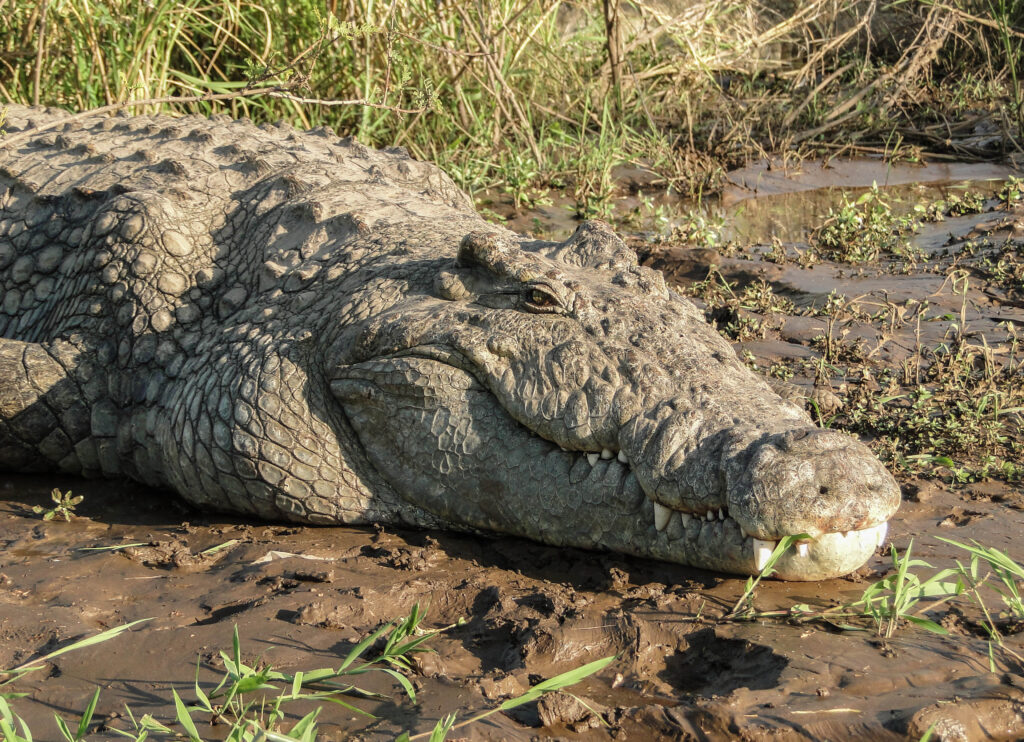
Breeding seasons: Reptiles and Amphibians
Reptiles and Amphibians in Europa
- Common Frog (Rana temporaria):
- Common frogs breed in spring, usually between March and June, in freshwater ponds.
- European Adder (Vipera berus):
- Adders mate in spring, and females give birth to live young in late summer.
- Common Wall Lizard (Podarcis muralis):
- Wall lizards breed in spring and early summer, laying eggs in hidden locations.
- European Pond Turtle (Emys orbicularis):
- Pond turtles mate in spring, and females lay eggs in sandy or gravelly soil.
- Smooth Snake (Coronella austriaca):
- Smooth snakes mate in spring and early summer, and females give birth to live young.
- European Fire Salamander (Salamandra salamandra):
- Fire salamanders breed in late winter and early spring, laying eggs in water.
- European Green Lizard (Lacerta viridis):
- Green lizards breed in spring and early summer, laying eggs in sandy soil.
- European Smooth Newt (Lissotriton vulgaris):
- Smooth newts breed in spring, and males display vibrant colors during courtship.
- European Slowworm (Anguis fragilis):
- Slowworms mate in spring, and females give birth to live young in late summer.
- Common European Viper (Vipera berus):
- Vipers mate in spring, and females give birth to live young in late summer.
Reptiles and Amphibians in Americas
- American Bullfrog (Lithobates catesbeianus):
- Bullfrogs breed in late spring and summer, with loud calls to attract mates.
- Eastern Box Turtle (Terrapene carolina):
- Box turtles breed in spring, and females lay eggs in sandy soil or leaf litter.
- Western Diamondback Rattlesnake (Crotalus atrox):
- Rattlesnakes mate in spring, and females give birth to live young in late summer.
- Green Anole (Anolis carolinensis):
- Anoles breed in spring and summer, with males displaying colorful dewlaps to attract females.
- Gila Monster (Heloderma suspectum):
- Gila monsters breed in spring, and females lay eggs in burrows or under rocks.
- Red-eyed Tree Frog (Agalychnis callidryas):
- Tree frogs breed in the rainy season, laying eggs on leaves overhanging water.
- Common Snapping Turtle (Chelydra serpentina):
- Snapping turtles breed in late spring and summer, with females laying eggs in sandy soil.
- Eastern Newt (Notophthalmus viridescens):
- Eastern newts breed in spring, with aquatic larval and terrestrial adult stages.
- Eastern Coral Snake (Micrurus fulvius):
- Coral snakes mate in the warmer months, and females give birth to live young.
- American Alligator (Alligator mississippiensis):
- Alligators mate in late spring and early summer, building mound nests for eggs.
Reptiles and Amphibians in Asia
- Indian Rock Python (Python molurus):
- Rock pythons breed in the winter months, and females lay a large clutch of eggs.
- Japanese Giant Salamander (Andrias japonicus):
- Giant salamanders breed in late summer, and females lay eggs under rocks in streams.
- Chinese Alligator (Alligator sinensis):
- Chinese alligators mate in spring, and females build nests to lay eggs.
- Indian Star Tortoise (Geochelone elegans):
- Star tortoises breed in the monsoon season, and females lay eggs in sandy soil.
- Chinese Green Tree Viper (Trimeresurus stejnegeri):
- Green tree vipers mate in the warmer months, and females give birth to live young.
- Japanese Rat Snake (Elaphe climacophora):
- Rat snakes breed in spring, and females lay eggs in hidden locations.
- Chinese Giant Salamander (Andrias davidianus):
- Giant salamanders breed in late summer, and females lay eggs in stream banks.
- Indian Rock Agama (Psammophilus dorsalis):
- Rock agamas mate in the warmer months, displaying vibrant colors during courtship.
- Tokay Gecko (Gekko gecko):
- Tokay geckos breed in the rainy season, laying eggs in tree hollows or cavities.
- Burmese Python (Python bivittatus):
- Burmese pythons breed during the winter months, and females lay large clutches of eggs.
Reptiles and Amphibians in Africa
- African Bullfrog (Pyxicephalus adspersus):
- Bullfrogs breed during the rainy season, creating temporary pools for egg-laying.
- Nile Crocodile (Crocodylus niloticus):
- Nile crocodiles mate in the dry season, and females build nests for their eggs.
- Common Chameleon (Chamaeleo chamaeleon):
- Chameleons breed in the rainy season, and females lay eggs in the soil.
- Leopard Tortoise (Stigmochelys pardalis):
- Leopard tortoises breed in the rainy season, and females dig nests for egg-laying.
- Puff Adder (Bitis arietans):
- Puff adders mate in the warmer months, and females give birth to live young.
- African Rock Python (Python sebae):
- Rock pythons breed during the dry season, and females lay large clutches of eggs.
- Common Dwarf Gecko (Lygodactylus capensis):
- Dwarf geckos breed during the warmer months, laying eggs in hidden locations.
- Giant Girdled Lizard (Cordylus giganteus):
- Girdled lizards breed in spring, and females lay eggs in burrows.
- Common House Snake (Boaedon capensis):
- House snakes mate in the warmer months, and females give birth to live young.
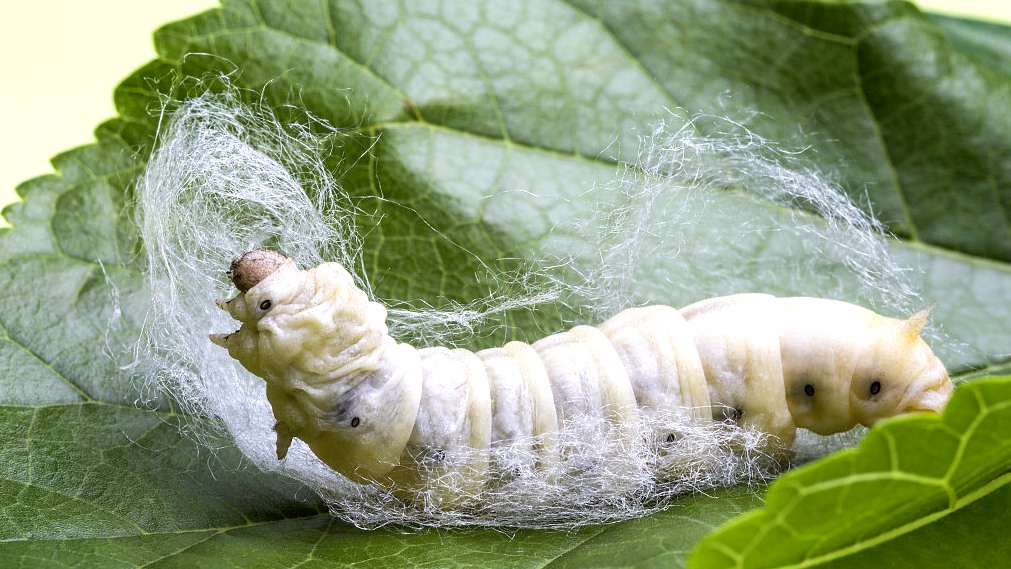
Breeding seasons: Insects
Insects in Europe
- Common Butterfly (Polyommatus icarus):
- Butterflies breed in spring and summer, laying eggs on host plants.
- European Honeybee (Apis mellifera):
- Honeybees breed throughout the warmer months, with peak activity in spring and summer.
- European Ladybug (Coccinella septempunctata):
- Ladybugs breed in spring and early summer, laying clusters of eggs on plants.
- Common Dragonfly (Sympetrum vulgatum):
- Dragonflies breed in late spring and summer, laying eggs in freshwater.
- European House Cricket (Acheta domesticus):
- House crickets breed in warmer months, with males producing rhythmic chirping to attract females.
- European Fire Ant (Myrmica rubra):
- Fire ants breed in late spring and summer, establishing new colonies through nuptial flights.
- Peacock Butterfly (Aglais io):
- Peacock butterflies breed in spring and summer, laying eggs on stinging nettles.
- European Garden Spider (Araneidae Araneae):
- Garden spiders breed in late summer, spinning intricate webs to catch prey.
- Common European Earwig (Forficula auricularia):
- Earwigs breed in spring and summer, with females fiercely guarding their eggs.
- European Hornet (Vespa crabro):
- Hornets breed in spring and summer, constructing large paper nests in trees.
Insects in Americas
- Monarch Butterfly (Danaus plexippus):
- Monarch butterflies breed in spring and summer, migrating between North and Central America.
- American Bumblebee (Bombus pensylvanicus):
- Bumblebees breed in spring and summer, with queens establishing colonies in the warmer months.
- Common Milkweed Bug (Oncopeltus fasciatus):
- Milkweed bugs breed in late spring and summer, feeding on milkweed plants.
- Eastern Tiger Swallowtail (Papilio glaucus):
- Swallowtail butterflies breed in spring and summer, laying eggs on host plants.
- Carolina Sphinx Moth (Manduca sexta):
- Sphinx moths breed in late spring and summer, with caterpillars feeding on various plants.
- Western Swallowtail Butterfly (Papilio rutulus):
- Swallowtail butterflies breed in spring and summer, laying eggs on host plants.
- American Giant Water Bug (Belostomatidae):
- Giant water bugs breed in spring and summer, laying eggs on submerged vegetation.
- Harlequin Bug (Murgantia histrionica):
- Harlequin bugs breed in late spring and summer, feeding on plant sap.
- Western Honeybee (Apis mellifera):
- Honeybees breed throughout the warmer months, with peak activity in spring and summer.
- Eastern Lubber Grasshopper (Romalea microptera):
- Lubber grasshoppers breed in spring and summer, laying eggs in the soil.
Insects in Asia
- Japanese Beetle (Popillia japonica):
- Japanese beetles breed in early summer, laying eggs in soil, and feeding on plants.
- Asian Giant Hornet (Vespa mandarinia):
- Giant hornets breed in spring and summer, building nests in underground burrows.
- Indian Stick Insect (Carausius morosus):
- Stick insects breed year-round, with females laying eggs resembling seeds.
- Asian Tiger Mosquito (Aedes albopictus):
- Tiger mosquitoes breed in stagnant water, with activity peaking in summer.
- Indian Red Pierrot Butterfly (Talicada nyseus):
- Red Pierrot butterflies breed in spring and summer, laying eggs on host plants.
- Asian Longhorn Beetle (Anoplophora glabripennis):
- Longhorn beetles breed in late spring and summer, laying eggs in tree bark.
- Indian Blue Tiger Butterfly (Tirumala limniace):
- Blue Tiger butterflies breed in spring and summer, migrating across Asia.
- Japanese Giant Hornet (Vespa mandarinia japonica):
- Giant hornets breed in spring and summer, building nests in trees.
- Asian Citrus Psyllid (Diaphorina citri):
- Citrus psyllids breed year-round, with multiple generations causing damage to citrus crops.
- Chinese Praying Mantis (Tenodera sinensis):
- Praying mantises breed in late summer, with females sometimes consuming males after mating.
Insects in Africa
- African Mantis (Sphodromantis spp.):
- Mantises breed in the warmer months, with females laying egg cases in soil.
- African Driver Ant (Dorylus spp.):
- Driver ants breed during the rainy season, creating temporary colonies for mating.
- African Queen Termite (Macrotermes spp.):
- Queen termites breed in the wet season, establishing new colonies.
- African Monarch Butterfly (Danaus chrysippus):
- Monarch butterflies breed year-round, with multiple generations in warmer climates.
- African Honeybee (Apis mellifera scutellata):
- Honeybees breed throughout the warmer months, with peak activity in spring and summer.
- African Flower Mantis (Creobroter gemmatus):
- Flower mantises breed in the warmer months, camouflaging among flowers to catch prey.
- African Driver Ant (Anomma species):
- Driver ants breed during the rainy season, forming massive colonies for mating.
- African Armyworm Moth (Spodoptera exempta):
- Armyworm moths breed in the rainy season, causing agricultural damage.
- African Swallowtail Butterfly (Papilio dardanus):
- Swallowtail butterflies breed in spring and summer, with varied wing patterns.
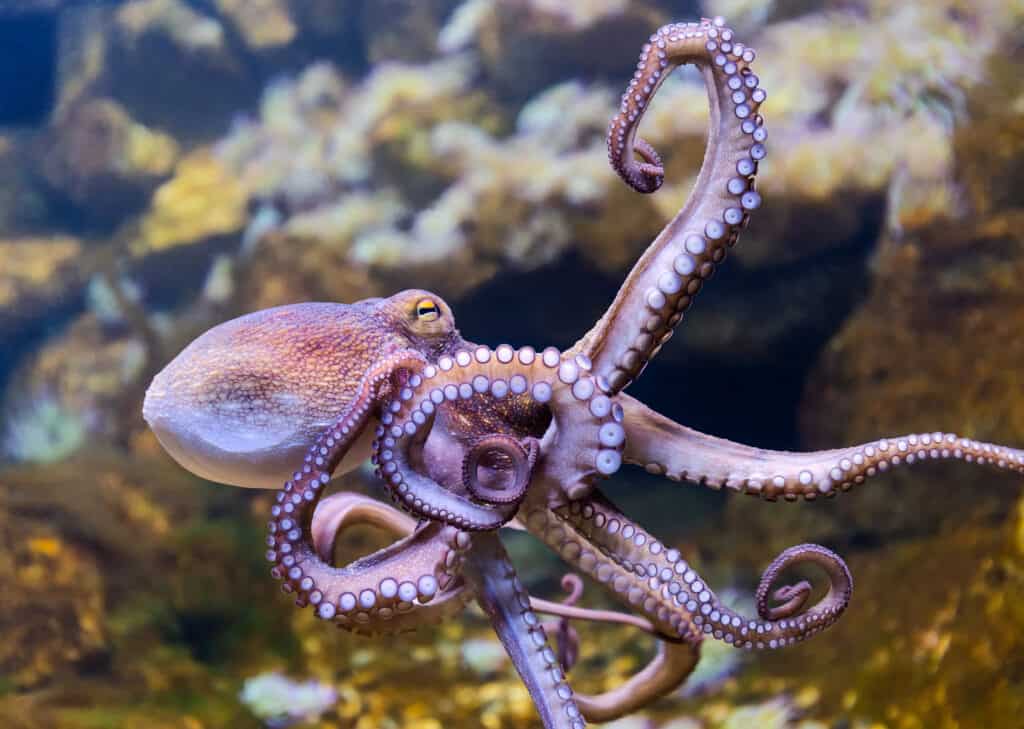
Breeding seasons: Fishes, Molluscs, Crustaceans and Marine Mammals
Fishes, Molluscs, Crustaceans and Marine Mammals in Europe
- Atlantic Cod (Gadus morhua):
- Codfish spawn in late winter and early spring, releasing eggs in large quantities.
- European Cuttlefish (Sepia officinalis):
- Cuttlefish breed in spring and summer, with males displaying vibrant patterns to attract females.
- European Lobster (Homarus gammarus):
- Lobsters mate in late spring and summer, with females carrying eggs under their tails.
- European Plaice (Pleuronectes platessa):
- Plaice spawn in spring, releasing eggs in shallow coastal waters.
- Common Seal (Phoca vitulina):
- Common seals give birth in late spring and summer, usually on rocky shores.
- European Herring (Clupea harengus):
- Herrings spawn in late spring and early summer, releasing eggs in open water.
- Common Cuttlefish (Sepia officinalis):
- Cuttlefish breed in spring and summer, with males displaying complex patterns during courtship.
- Atlantic Salmon (Salmo salar):
- Salmon spawn in freshwater rivers during late autumn and winter.
- Harbor Porpoise (Phocoena phocoena):
- Porpoises mate in late spring and summer, with a gestation period of about 10-11 months.
- Common Murre (Uria aalge):
- Murres breed in large colonies on cliffs, typically during spring and early summer.
Fishes, Molluscs, Crustaceans and Marine Mammals in Americas
- American Eel (Anguilla rostrata):
- Eels breed in the Sargasso Sea, with adults migrating there to spawn.
- Blue Crab (Callinectes sapidus):
- Blue crabs mate in spring and early summer, with females carrying eggs under their abdomen.
- North Atlantic Right Whale (Eubalaena glacialis):
- Right whales breed in winter, with females giving birth to calves in warmer waters.
- American Lobster (Homarus americanus):
- Lobsters mate in late spring and summer, and females carry eggs for about a year.
- Bottlenose Dolphin (Tursiops truncatus):
- Bottlenose dolphins breed year-round, with a peak in late spring and summer.
- Chesapeake Bay Blue Crab (Callinectes sapidus):
- Blue crabs mate in spring and early summer, and females carry their eggs until they hatch.
- Atlantic Bluefin Tuna (Thunnus thynnus):
- Bluefin tuna spawn in the western Atlantic during late spring and early summer.
- Basking Shark (Cetorhinus maximus):
- Basking sharks give birth to live young, and their mating habits are not well-documented.
- California Sea Lion (Zalophus californianus):
- Sea lions breed in late spring and summer, with males establishing territories on beaches.
- Gray Whale (Eschrichtius robustus):
- Gray whales mate in winter, with calves born during the winter and spring migrations.
Fishes, Molluscs, Crustaceans and Marine Mammals in Asia
- Japanese Spider Crab (Macrocheira kaempferi):
- Spider crabs mate in spring and summer, with females carrying eggs attached to their abdomen.
- Asian Carp (Hypophthalmichthys spp.):
- Carp spawn in spring and early summer, releasing large numbers of eggs.
- Giant Clam (Tridacna gigas):
- Giant clams release eggs and sperm into the water for external fertilization during warmer months.
- Japanese Flying Squid (Todarodes pacificus):
- Flying squid breed in early spring, laying eggs in deep ocean waters.
- Indo-Pacific Humpback Dolphin (Sousa chinensis):
- Humpback dolphins breed year-round, with a peak during the monsoon season.
- Asian Arowana (Scleropages formosus):
- Arowanas breed during the rainy season, building bubble nests for their eggs.
- Mantis Shrimp (Stomatopoda):
- Mantis shrimps reproduce throughout the year, and females carry eggs until hatching.
- Japanese Flying Gurnard (Dactylopterus volitans):
- Flying gurnards spawn in warmer months, releasing eggs in open water.
- Green Sea Turtle (Chelonia mydas):
- Green turtles mate in warmer months, with females returning to nesting beaches.
Fishes, Molluscs, Crustaceans and Marine Mammals in Africa
- Nile Tilapia (Oreochromis niloticus):
- Tilapia breed in warmer months, creating nests for their eggs in shallow waters.
- African Lungfish (Protopterus annectens):
- Lungfish breed during the wet season, creating nests in mud for their eggs.
- Common Dolphin (Delphinus delphis):
- Common dolphins breed year-round, with a peak in late spring and summer.
- African Lungfish (Protopterus annectens):
- Lungfish breed during the wet season, creating nests in mud for their eggs.
- African Rock Lobster (Palinurus delagoae):
- Rock lobsters mate in spring and early summer, with females carrying eggs.
- West African Manatee (Trichechus senegalensis):
- Manatees mate year-round, and females have a gestation period of about 13 months.
- African Pompano (Alectis ciliaris):
- Pompanos spawn in offshore waters during warmer months, releasing eggs.




